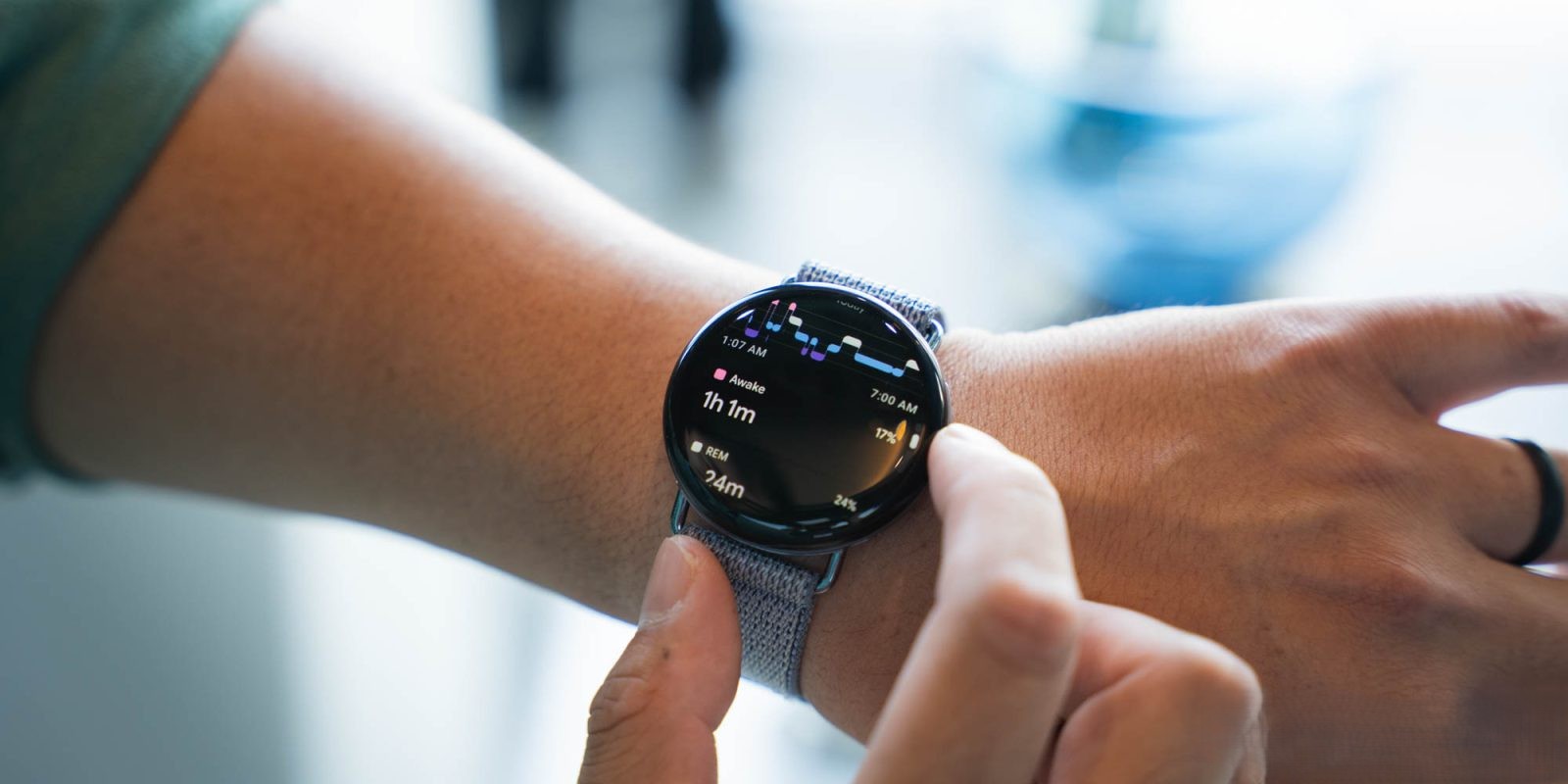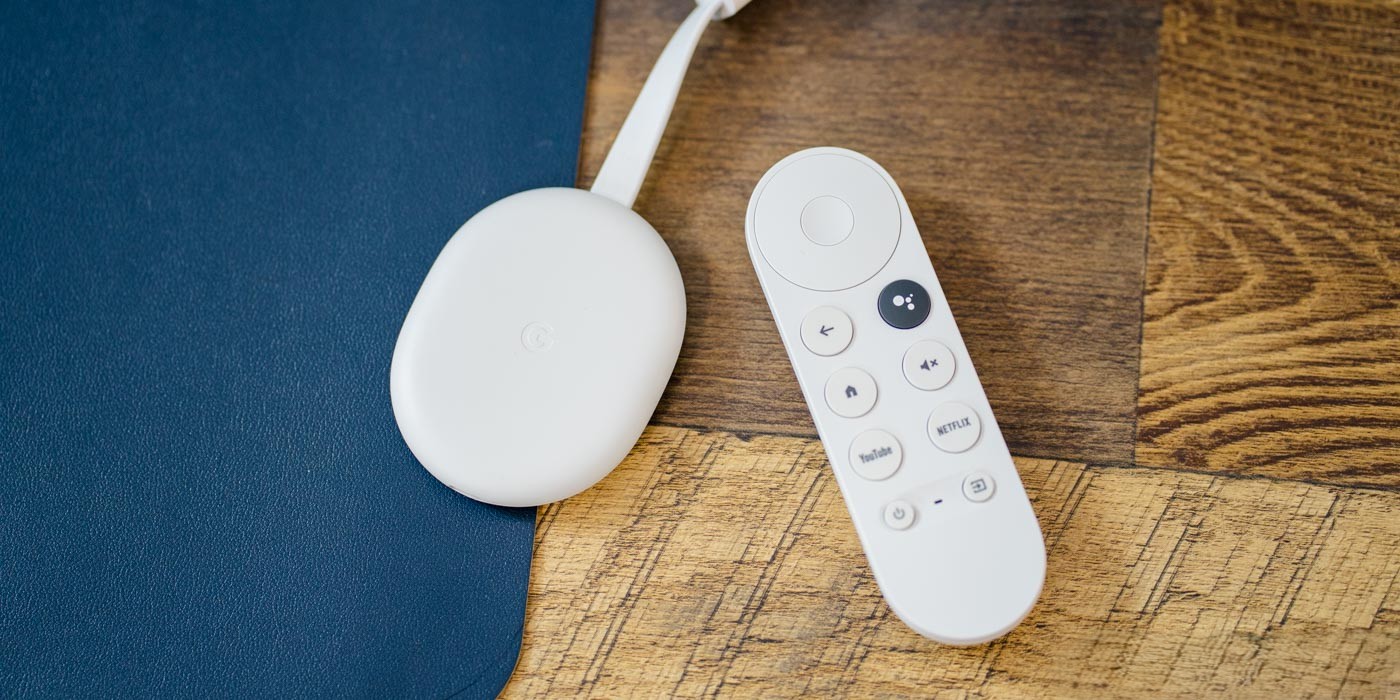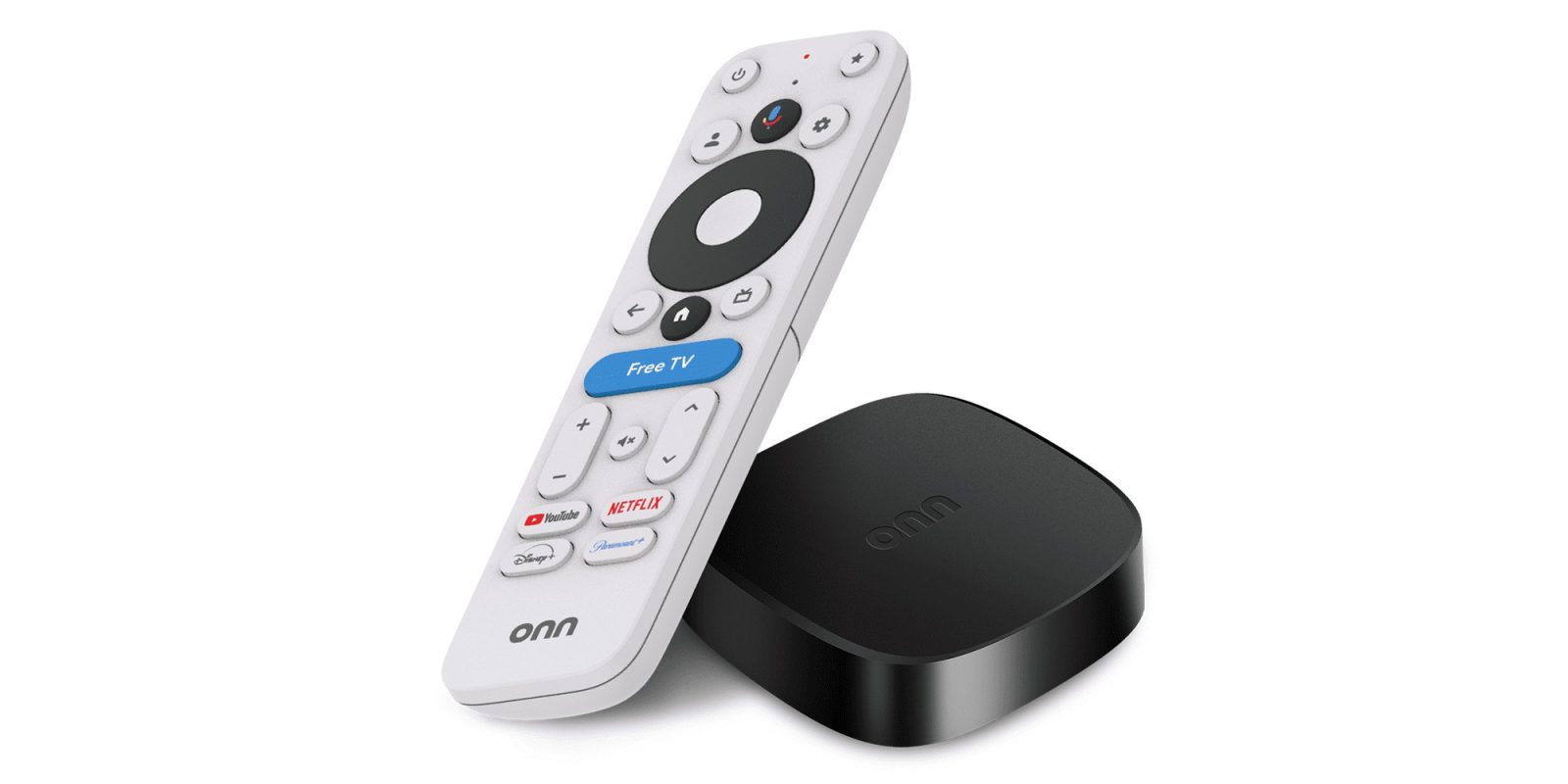In a significant stride toward integrating advanced health monitoring into wearable technology, Google is preparing to launch a comprehensive study aimed at utilizing the Pixel Watch to detect signs of hypertension. This initiative, known as the Fitbit Hypertension Study, seeks to enhance the Pixel Watch’s capabilities in identifying high blood pressure indicators, potentially offering users proactive health insights.
Unveiling the Fitbit Hypertension Study
The forthcoming study was uncovered through an analysis of version 4.53 of the Fitbit app for Android. The primary objective is to advance research for hypertension screening with the Pixel Watch. Participants who consent to join will complete a detailed questionnaire. Selected individuals will have their sensor data collected during regular wear of the watch. Google has noted that this data collection process may lead to increased battery consumption on the device.
A subset of participants will be randomly chosen to wear a specialized monitor designed to measure blood pressure continuously over a 24-hour period. These participants will receive a $50 compensation upon returning the equipment, acknowledging their contribution to this pivotal research.
Contextualizing the Initiative
This endeavor aligns with a broader industry trend of incorporating health monitoring features into wearable devices. Notably, Apple’s recent introduction of hypertension notifications in its Apple Watch Series 9, 10, and 11 models with watchOS 26 serves as a benchmark. Apple’s feature does not provide exact blood pressure readings but identifies patterns associated with hypertension over a 30-day period. It utilizes the optical heart rate sensor and a sophisticated algorithm to analyze vascular responses to heartbeats. Apple’s development of this feature was preceded by an extensive study involving over 100,000 participants.
Google’s approach with the Pixel Watch is anticipated to follow a similar trajectory, focusing on pattern recognition rather than direct blood pressure measurements. Importantly, this functionality is expected to be compatible with existing Pixel Watch models, ensuring a broad user base can benefit from the advancement without necessitating hardware upgrades.
The Evolution of Health Monitoring in Wearables
The integration of health monitoring features into wearable devices has been a progressive journey. Google’s Pixel Watch has seen a series of updates aimed at enhancing its health-related functionalities:
– March 2025 Feature Drop: This update introduced improved step tracking algorithms, enabling the watch to more accurately recognize various activities such as jogging with a stroller, pushing a shopping cart, or hiking with poles. Additionally, the Pixel Watch 3 received on-device menstrual tracking capabilities, allowing users to log periods, view cycle statuses, and predict upcoming periods.
– Loss of Pulse Detection: In April 2025, Google rolled out the Loss of Pulse Detection feature in the U.S. This critical function enables the Pixel Watch 3 to detect events where the heart stops beating, such as during primary cardiac arrest, respiratory or circulatory failure, overdose, or poisoning.
– Wear OS 5.1 Update: Released in March 2025, this update brought the latest Android 15-based Wear OS 5.1 to Pixel Watch 2 and 3 models, enhancing overall performance and user experience.
Implications and Future Prospects
The introduction of hypertension detection capabilities in the Pixel Watch signifies a substantial advancement in wearable health technology. By potentially enabling early detection of high blood pressure, users can be alerted to seek medical advice promptly, thereby mitigating risks associated with untreated hypertension, such as heart disease and stroke.
However, it’s crucial to recognize that while these features offer valuable insights, they are not substitutes for professional medical evaluations. Users should continue to consult healthcare providers for comprehensive assessments and diagnoses.
As Google embarks on the Fitbit Hypertension Study, the outcomes could pave the way for more sophisticated health monitoring features in future wearable devices. This initiative underscores the growing role of technology in proactive health management and the potential for wearables to serve as integral tools in personal healthcare.



